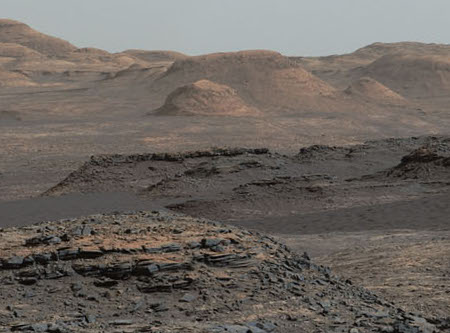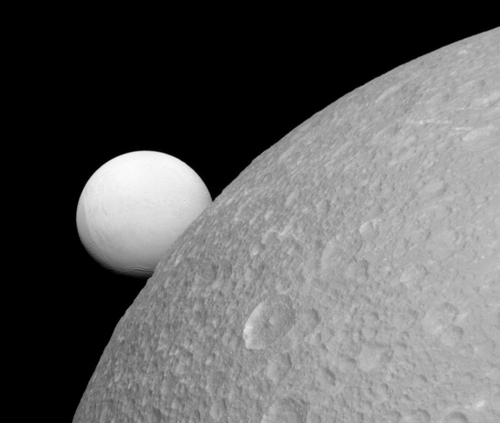The blackballing of Judith Curry
Link here. Curry is a climate scientists who believes carbon dioxide is warming the planet, but she is also a good scientist who is not afraid of data that counters her beliefs, and who also recognizes what she herself calls “the large uncertainties” in our knowledge of the climate.
The article is worth reading at length, as it outlines quite well the close-minded approach to climate science that permeates the global warming crowd. This quote, describing Curry’s experience, sums it up well:
Curry’s independence has cost her dear. She began to be reviled after the 2009 ‘Climategate’ scandal, when leaked emails revealed that some scientists were fighting to suppress skeptical views. ‘I started saying that scientists should be more accountable, and I began to engage with skeptic bloggers. I thought that would calm the waters. Instead I was tossed out of the tribe. There’s no way I would have done this if I hadn’t been a tenured professor, fairly near the end of my career. If I were seeking a new job in the US academy, I’d be pretty much unemployable. I can still publish in the peer-reviewed journals. But there’s no way I could get a government research grant to do the research I want to do. Since then, I’ve stopped judging my career by these metrics. I’m doing what I do to stand up for science and to do the right thing.’ [emphasis mine]
Curry makes it very clear who is blackballing who. If you don’t toe the global warming line, your career as a climate scientists is squelched.
Link here. Curry is a climate scientists who believes carbon dioxide is warming the planet, but she is also a good scientist who is not afraid of data that counters her beliefs, and who also recognizes what she herself calls “the large uncertainties” in our knowledge of the climate.
The article is worth reading at length, as it outlines quite well the close-minded approach to climate science that permeates the global warming crowd. This quote, describing Curry’s experience, sums it up well:
Curry’s independence has cost her dear. She began to be reviled after the 2009 ‘Climategate’ scandal, when leaked emails revealed that some scientists were fighting to suppress skeptical views. ‘I started saying that scientists should be more accountable, and I began to engage with skeptic bloggers. I thought that would calm the waters. Instead I was tossed out of the tribe. There’s no way I would have done this if I hadn’t been a tenured professor, fairly near the end of my career. If I were seeking a new job in the US academy, I’d be pretty much unemployable. I can still publish in the peer-reviewed journals. But there’s no way I could get a government research grant to do the research I want to do. Since then, I’ve stopped judging my career by these metrics. I’m doing what I do to stand up for science and to do the right thing.’ [emphasis mine]
Curry makes it very clear who is blackballing who. If you don’t toe the global warming line, your career as a climate scientists is squelched.



